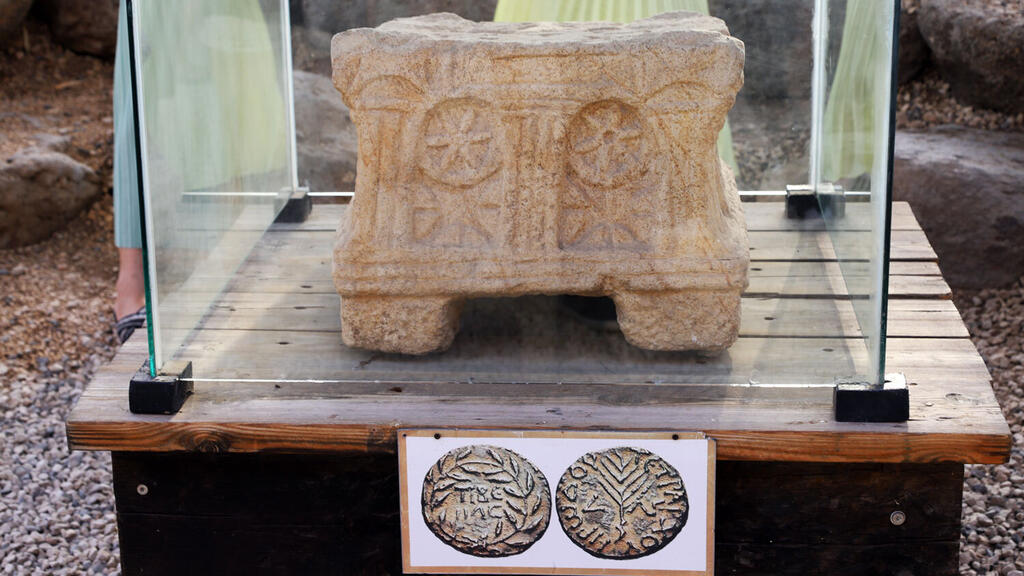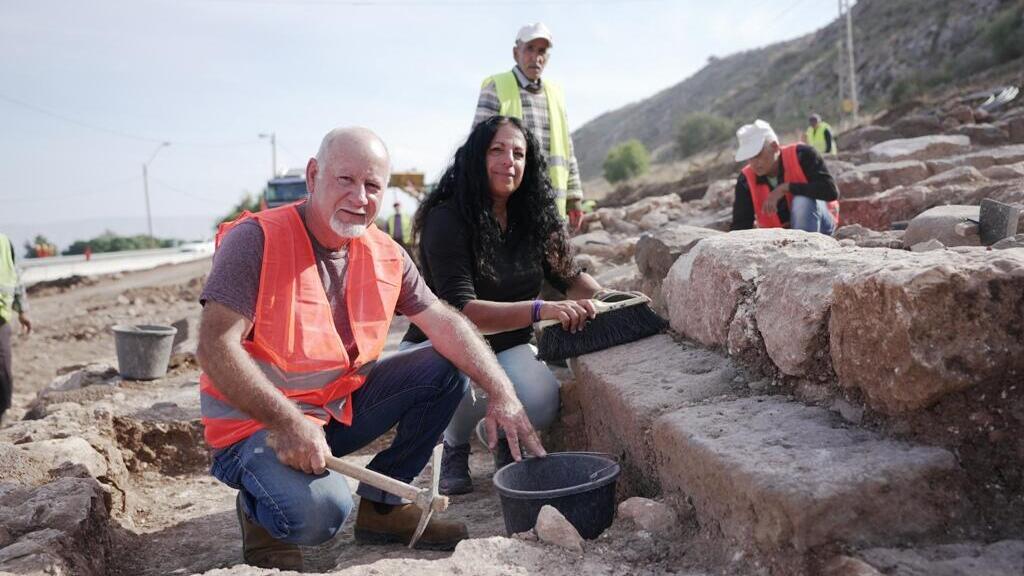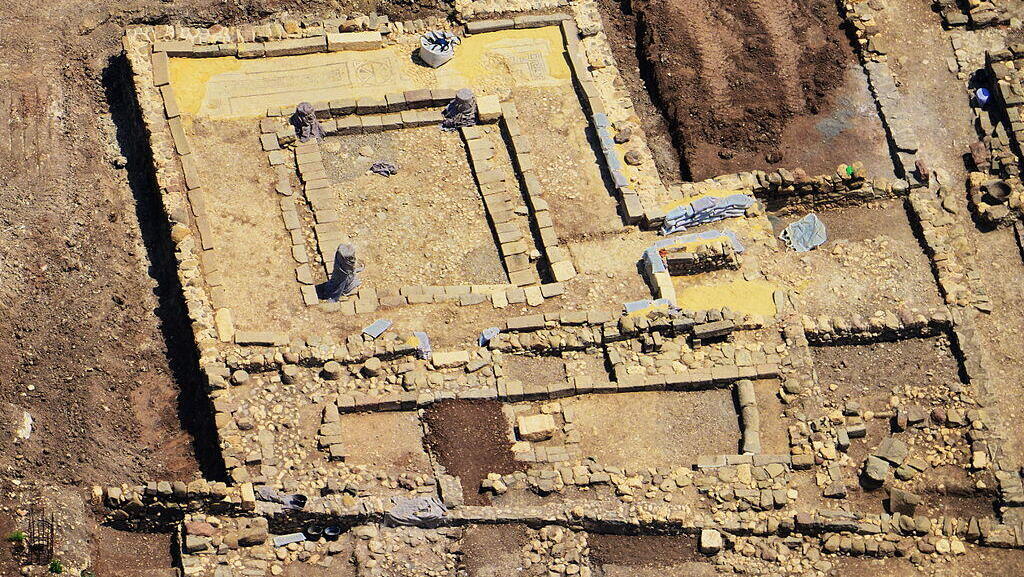Getting your Trinity Audio player ready...
A 2000-year-old synagogue from the Second Temple period was recently discovered in a dig site in the ancient Jewish settlement of Migdal - marking the first time that two synagogues from the Second Temple period were found in the same location.
“The discovery of a second synagogue in this Galilean settlement casts light on the social and religious lives of the Jews in this period,” said Dina Avshalom-Gorni, one of the directors of the excavations in Migdal - which served as the main base for Yosef Ben Matityahu (Flavius Josephus) in his war against the Romans in the Galilee during the Great Revolt in AD 67, approximately 2000 years ago - following the destruction of the Second Temple.
“We can imagine Mary Magdalene and her family coming to the synagogue here, along with other residents of Migdal, to participate in religious and communal events," she added, referencing Migdal's mention in Christian texts as the birthplace of Mary Magdalene, a prominent supporter of Jesus who is known as “the apostle to the apostles.”
"The exposure of a second synagogue casts new light on Jewish communal life in the Galilee, the area where, according to the New Testament, Jesus performed his miracles,” she added.
As in many other instances across Israel, the important discovery was chanced upon during an excavation carried out as part of an expansion of Route 90 and the Migdal intersection.
Prof. Adi Erlich, head of the Zinman Institute of archaeology at the University of Haifa. Said that “the fact that we found two synagogues shows that the Jews of the Second Temple period were looking for a place for religious, and perhaps also social, gatherings."
3 View gallery


An antiquity piece found at the first synagogue excavated in Migdal
(Photo: Garry Razinovsky)
"The stone bearing a relief of the Menorah from the other synagogue at Migdal, suggests that the local Jews saw Jerusalem as their religious center, and their local activities took place under this centrality.”
“The synagogue we are excavating now is close to the residential street, whereas the one excavated in 2009 was surrounding by an industrial area. Thus the local synagogues were constructed within the social fabric of the settlement,” he explained.
First published: 14:50, 12.12.21



